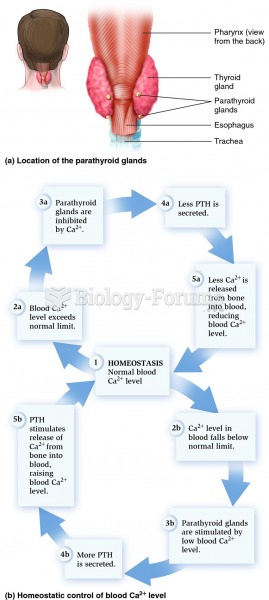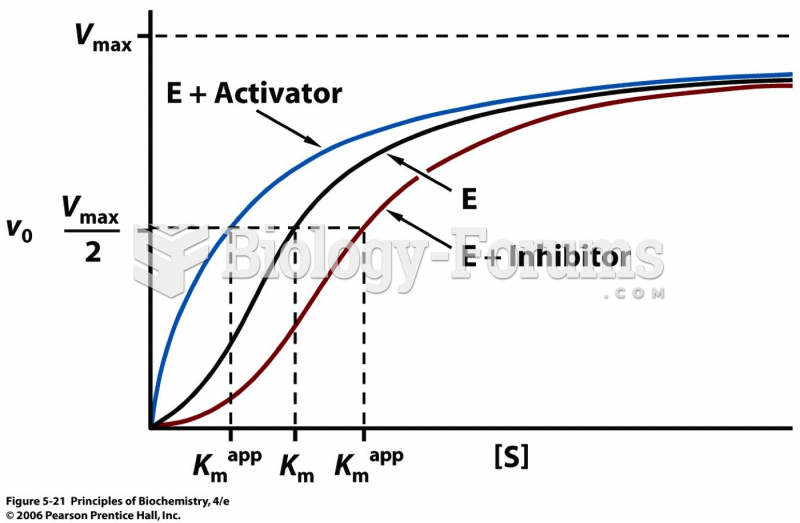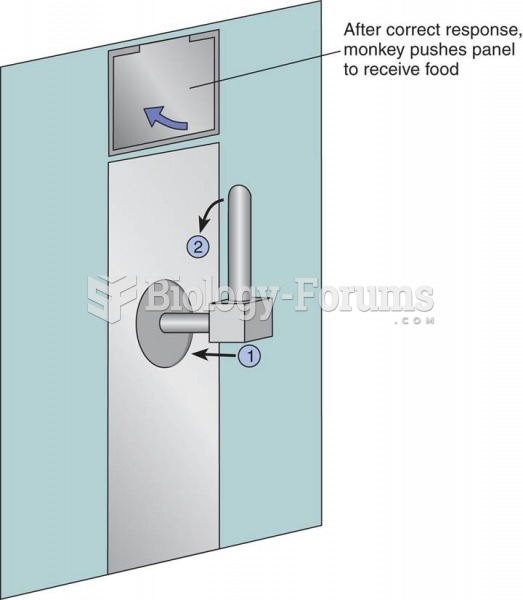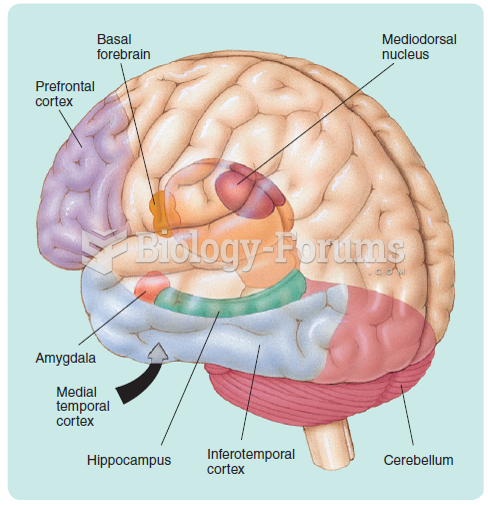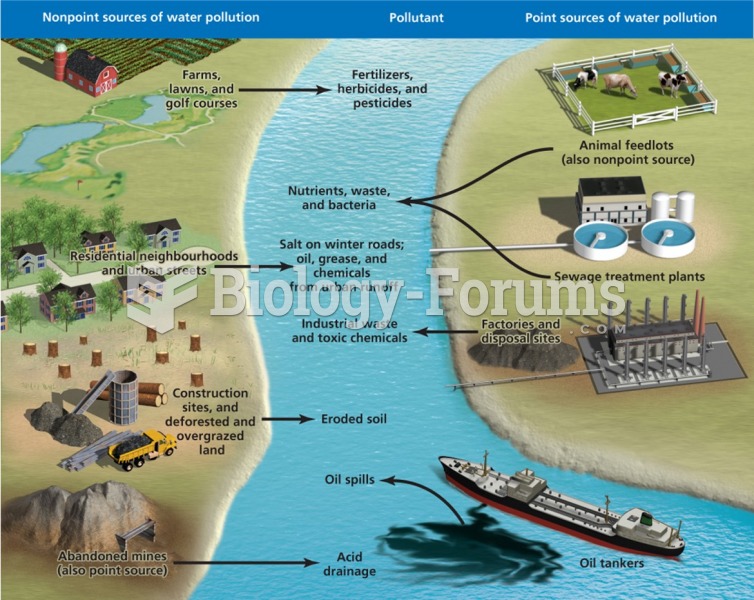Answer to Question 1
ANSWER: The shape of the landscape (topography) plays an important part in trapping pollutants. At night, cold air tends to drain downhill, where it settles into low-lying basins and valleys. The cold air can have several effects: It can strengthen a pre-existing surface inversion, and it can carry pollutants downhill from the surrounding hillsides. Valleys prone to pollution are those completely encased by mountains and hills. The surrounding mountains tend to block the prevailing wind. With light winds, and a shallow mixing layer, the poorly ventilated cold valley air can only slosh back and forth like a murky bowl of soup. Valleys susceptible to stagnant air exist in just about all mountainous regions. Air pollution concentrations in these valleys tend to be greatest during the colder months. During the warmer months, daytime heating can warm the sides of the valley to the point that upslope valley winds vent the pollutants upward, like a chimney.
Answer to Question 2
ANSWER: The position of the semipermanent Pacific high off the coast of California contributes greatly to the air pollution in that region. The Pacific high promotes subsiding air, which warms the air aloft. Surface winds around the high promote upwelling of ocean water. Upwellingthe rising of cold water from belowmakes the surface water cool, which, in turn, cools the air above. Warm air aloft coupled with cool, surface (marine) air together produce a strong and persistent subsidence inversionone that exists 80 to 90 percent of the time over the city of Los Angeles between June and October, the smoggy months. The pollutants trapped within the cool marine air are occasionally swept eastward by a sea breeze. This action carries smog from the coastal regions into the interior valleys producing a smog front.


